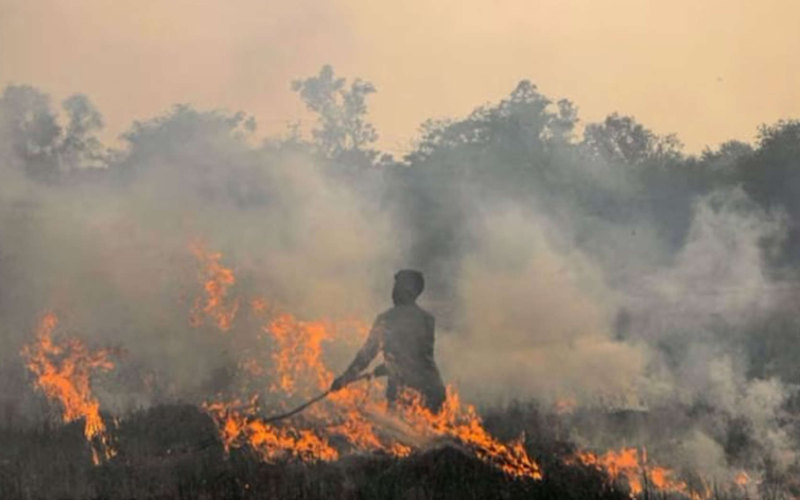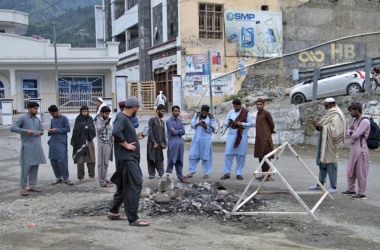India’s Supreme Court has issued a directive to authorities in the states surrounding New Delhi, urging them to put an end to the practice of burning crop residue. This move comes as the Indian capital finds itself shrouded in hazardous levels of smog, exacerbating its reputation as one of the world’s most polluted cities. The air quality in New Delhi takes a nosedive each year as winter approaches, with calm and cold winds trapping pollutants from various sources, including vehicles, industries, construction dust, and the burning of agricultural waste.
This is not the first time that the court has taken such action; however, past orders have yielded limited results, as state authorities often report difficulties in controlling the burning, sometimes due to the resistance of farmers to these directives.
New Delhi has implemented several measures to combat the pollution crisis, including suspending local construction activities, closing primary schools until November 10, and planning to impose restrictions on vehicle usage in the coming weeks. Nevertheless, the city is also looking to its neighboring states to address the issue of crop residue burning.
As of 2 p.m. on Tuesday, the real-time air quality index stood at 306, a level classified as ‘hazardous’ by the Swiss group IQAir.
Supreme Court Justice Sanjay Kishan Kaul stated, “We direct the state government of Punjab and adjacent states to Delhi – Haryana, Rajasthan, and Uttar Pradesh – to ensure that crop (residue) burning is stopped forthwith.” This practice of burning crop stubble, left behind after the rice harvest in late October or early November, has been a long-standing tradition among farmers in Punjab and Haryana, who use it to clear their fields quickly before planting wheat crops. The smoke generated from this practice typically accounts for 30% to 40% of Delhi’s pollution during October and November, according to the federal government’s air-quality monitoring agency SAFAR.
To address this issue, both federal and state governments have been offering subsidies on improved harvesting machinery and stubble decomposers to encourage farmers to abandon this harmful practice. While progress has been made over the years, crop burning remains a significant concern.
Justice Kaul has put the local police station in-charge in charge of ensuring compliance with the court’s directives, under the supervision of the states’ chief secretary. The court has also suggested a gradual transition away from rice crops, also known as paddy, to less water-intensive alternative crops. “The switch-over can only occur if the minimum support price is not granted for paddy but is given with an alternative crop – something which the (federal) government is already seeking to encourage,” Justice Kaul explained.








